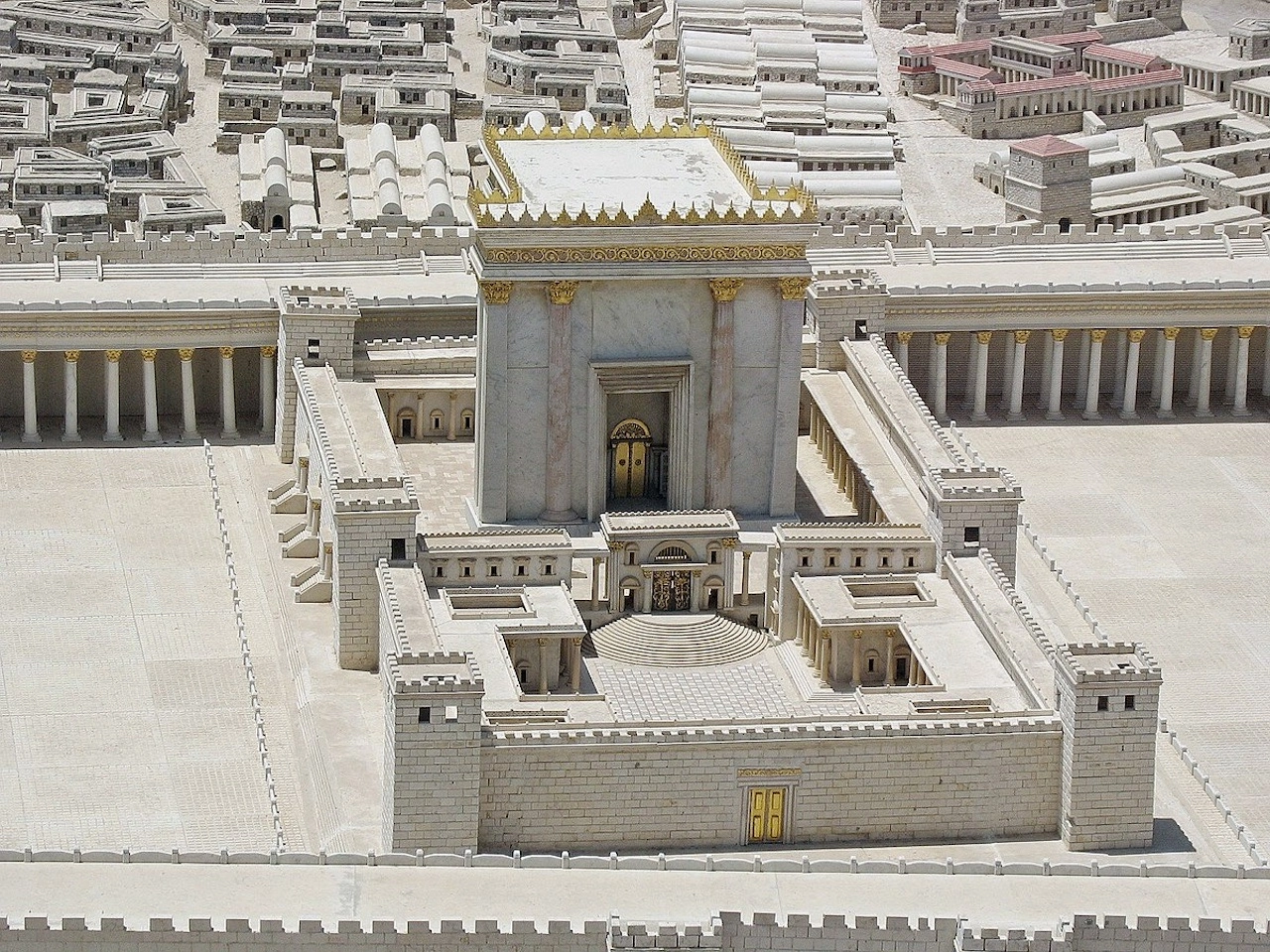Herod's Temple, also known as the Second Temple, stands as a testament to ancient architectural marvels and religious significance. Erected during the reign of King Herod the Great in the first century BCE, this monumental structure played a central role in the religious and cultural life of ancient Jerusalem. As we embark on a quick overview, let's explore the grandeur and historical importance of Herod's Temple.
I. Historical Context: The Second Temple
The construction of Herod's Temple was a grand undertaking aimed at replacing the original Second Temple, which had been rebuilt after the Babylonian exile. King Herod, known for his ambitious building projects, initiated the construction around 19 BCE. The aim was not only to rebuild but to expand and enhance the magnificence of the Temple.
II. Architectural Splendor
Herod's Temple was a colossal structure characterized by intricate architecture and opulent design. The complex included the Temple itself, a surrounding court, and various ancillary buildings. The Temple proper was adorned with fine materials, including gold and marble, showcasing the wealth and artistic prowess of the time.
III. The Western Wall: Lasting Remnant
While Herod's Temple itself no longer stands, the Western Wall (or Wailing Wall) remains a significant remnant. This retaining wall of the Temple Mount has become a sacred site for Jewish worship and a symbol of resilience. Pilgrims and visitors from around the world gather to pray and reflect at this ancient structure.
IV. Religious Significance
Herod's Temple held immense religious significance for the Jewish people. It was the center of worship, the place where sacrifices were offered, and the Holy of Holies housed the Ark of the Covenant. The Temple served as the focal point of Jewish religious life, and its destruction in 70 CE by the Romans marked a pivotal moment in Jewish history.
V. Jesus and Herod's Temple
The New Testament contains references to Herod's Temple, and it is a backdrop to several events in the life of Jesus. The Gospels recount Jesus' visits to the Temple, his teachings in its courts, and the dramatic episode of him overturning the tables of the moneychangers—a symbolic act challenging the corruption of religious practices.
VI. Destruction and Legacy
In 70 CE, following a Jewish revolt against Roman rule, Herod's Temple met its demise. The Romans, led by Titus, destroyed the Temple, leaving only the Western Wall standing. The destruction had profound implications for Judaism, leading to a shift in religious practices and the development of synagogues as centers of worship.
VII. Contemporary Significance
Herod's Temple continues to be a subject of historical and archaeological interest. The remnants of the Temple Mount are an ongoing archaeological site, offering insights into the construction and layout of this ancient wonder. The Western Wall remains a revered site for Jewish prayer and reflection.
VIII. A Monument to Ancient Glory
Herod's Temple, with its architectural splendor and religious significance, stands as a monument to the ancient glory of Jerusalem. Its history is intertwined with the narratives of Judaism and Christianity, and its remnants invite contemplation on the passage of time, the resilience of faith, and the enduring impact of monumental structures on the human experience. As we explore the grandeur of Herod's Temple, we glimpse into a bygone era that has left an indelible mark on the spiritual and historical landscape of the world.




